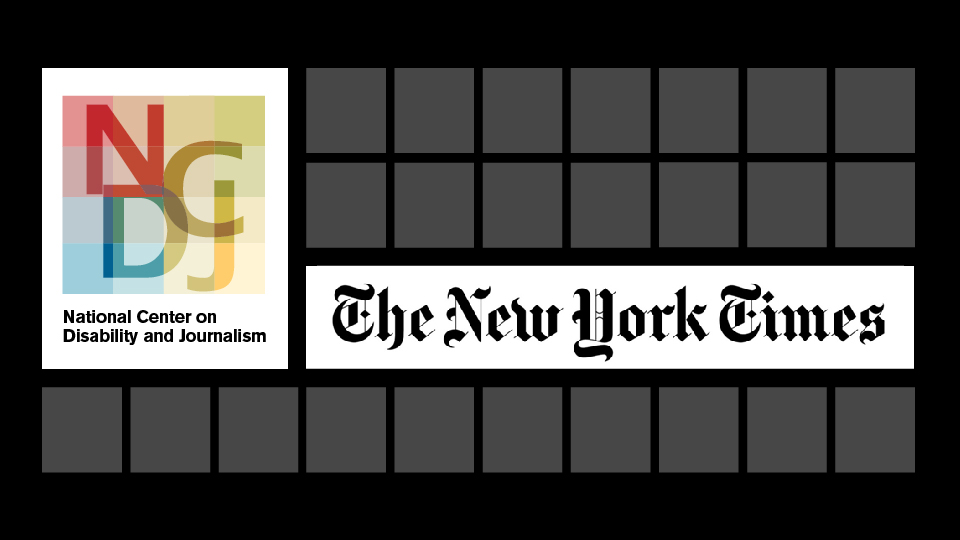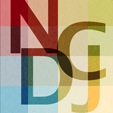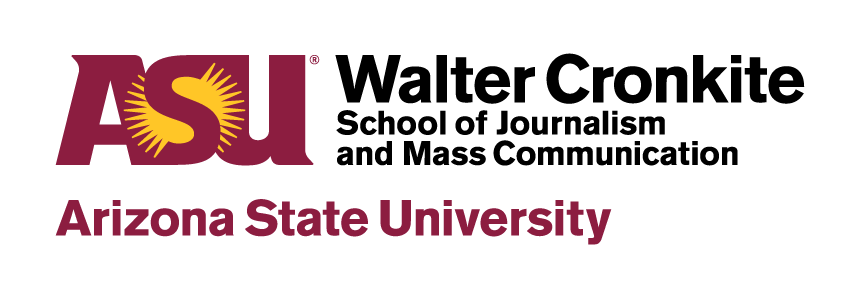The Washington Post hires its first accessibility engineer in an effort to improve the accessibility of digital products. Read more
disability communication
Should the term “special education” be retired?
Julia Métraux writes about the use of the term “special education” in an article for the NCDJ. An independent reporter and graduate student at University of California-Berkeley Graduate School of Journalism, Métraux makes an appeal to education reporters to find alternatives, even if school officials continue to use the language, which, she says, reinforces the view that disabled kids’ needs are “special.” Read more
We Are Here: Disability and the Journalism Industry
This documentary showcases those within the journalism field who are covering the disabled community correctly while also highlighting the struggles that still remain. NCDJ Director Kristin Gilger is interviewed. Watch here.
DeafBlind Communities May Be Creating a New Language of Touch
Protactile began as a movement for autonomy and a system of tactile communication. Now, some linguists argue, it is becoming a language of its own. Read more here.
NCDJ Announces Winners of 2021 Disability Reporting Contest
First-place winners of the Katherine Schneider Awards for Excellence in Reporting on Disability are William Wan of The Washington Post (large media) and Ayat Khiry of ARIJ Arab Investigative Network (small media).
In all, six winners were honored during a Nov. 1 event at the Cronkite School on Nov. 1, during which Wan spoke with journalist Kathy Richie about his approach to reporting and the immersive nature of his work. The ceremony and discussion can be viewed here.
A full list of this year’s winners, is available here.
Applications Open for New York Times Disability Fellowship
Through a partnership with the NCDJ and the Ford Foundation, The New York Times is accepting applications for a reporting fellow who will explore what it means to live with a disability in America.
The fellow will work for a year on the Times’ National desk, focusing on reporting that illuminates and explains issues facing people living with disabilities. The fellow also will take some general assignment breaking news shifts and will receive coaching from the NCDJ and mentoring by a Times journalist with expertise on the topic.
For more information and to apply, go here.
NCDJ Releases Updated Disability Language Style Guide
The National Center on Disability and Journalism at Arizona State University has released an updated version of its disability language style guide in both English and Spanish for journalists and professionals who report or write about people living with disabilities.
The guide offers information and advice on nearly 100 commonly used words or terms — from “able-bodied” to “wheelchair-bound.”
Headquartered at ASU’s Walter Cronkite School of Journalism and Mass Communication, the NCDJ is a national organization that provides support and guidance to journalists and communicators as they cover people with disabilities.
For more than a decade, the NCDJ guide has been a go-to source for professionals around the world seeking to use language about disability that avoids the stereotypes frequently associated with disability.
“Language frames how we see people with disabilities, and our choices matter,” said Kristin Gilger, the center’s director and Reynolds Professor in Business Journalism at the Cronkite School. “What we’re trying to do is provide an authoritative, neutral source of guidance and information that balances the need for sensitivity and accuracy against the journalistic mandate for language that is clear and easily understood by a general audience.”
Gilger said disability can be a difficult topic to cover for journalists, many of whom are unfamiliar with current debates over language choices and what might be considered offensive. For example, there are fierce disagreements about the use of the word “disabled” itself and whether to use “people first” or “identity first” language. The latter has been particularly contentious within the disability community.
In the past, the NCDJ has encouraged the use of people-first language, such as, “a person who has Down syndrome” rather than “a Down syndrome person,” but the revised guide no longer suggests it as a default.
“Even with the caveat that this does not apply to all, we have heard from many people with disabilities who take issue with people-first language,” said Amy Silverman, a Phoenix-based journalist and author who led the effort to revise the guide. “For us, this really emphasizes the fact that no two people are the same — either with regard to disabilities or language preferences. And, so, we are suggesting that people double down to find out how people would like to be described.”
The guide also suggests being sensitive when using words like “disorder,” “impairment,” “abnormality” and “special” to describe the nature of a disability.
“But note that there is no universal agreement on the use of these terms — not even close,” Silverman said. “’Disorder’ is ubiquitous when it comes to medical references, and the same is true for “special” when used in ‘special education,’ so there may be times when it’s appropriate to use them. The word ‘condition’ is often a good substitute that avoids judgment.”
In addition to offering recommendations on language choices, the guide provides a brief background on each word or term and touches on instances in which disability organizations disagree on usage. It also notes whether the word or term is addressed in The Associated Press Stylebook, widely used by journalists around the world as a guide to writing. The AP recently expanded its disability language entries, in part with the guidance of the NCDJ.
The NCDJ was founded in 1998 in San Francisco as the Disability Media Project to raise awareness of how the news media cover people with disabilities. The organization was renamed in 2000 and moved to the Cronkite School in 2009. NCDJ’s disability style guide is available on the organization’s website or as a printable PDF. It is available in both English and Spanish.
Amanda Morris Named Reporting Fellow Focused on Disability Issues
Amanda will join the National desk as The Times’s first reporting fellow focused on disability issues. The fellowship is in partnership with the National Center on Disability and Journalism at the Walter Cronkite School of Journalism at Arizona State University.
Read the full release here.
The New York Times, NCDJ Partner to Enhance Coverage of Disability Issues

By Kasey Brammell
The National Center on Disability and Journalism at Arizona State University is partnering with The New York Times to create a new fellowship program to enhance coverage of disability issues and people with disabilities.
The program, to launch later this year, will place an early-career journalist in The Times newsroom each year for the next two years to develop expertise and report on a range of disability issues. It is set to be funded by philanthropy.
The fellow will be part of a larger fellowship cohort at The Times and will receive mentoring from both a Times’ staff member with expertise in covering disabilities and the NCDJ, which provides support and advice to journalists around the world who cover such issues. The NCDJ also will provide training to the Times’ newsroom.
Nearly one in five people in the United States lives with a disability, but these issues are undercovered, said Ted Kim, director of Early Career Journalism Strategy and Recruiting for The New York Times. “Few avenues exist to develop journalistic expertise on disability issues because such beats do not exist at most news outlets,” he said. “The lack of coverage, in turn, results in a lack of awareness about issues that affect a large portion of the country.”
Kristin Gilger, interim dean of the Walter Cronkite School of Journalism and Mass Communication at ASU and director of the NCDJ, echoed the need for more and better coverage of disability issues and people with disabilities. “This fellowship program is an important step in the right direction at one of the nation’s top media institutions,” she said.
The application is now open for the first fellow, who will join The Times in June. Preference will be given to promising early-career journalists who also have experience living with a disability or who have developed a deep understanding of disability through the experiences of a family member or loved one. The deadline to submit an application is 5 p.m., New York Time, on March 31, 2021. Applicants are advised to submit well before the deadline.
The fellows will be part of The New York Times Fellowship program , a talent pipeline initiative started in 2019 to seed and diversify the next generation of journalists in local newsrooms across America. It trains journalists in reporting, audio, visual and other disciplines.
The National Center on Disability and Journalism is a service of the Walter Cronkite School of Journalism and Mass Communication at ASU. For the past 12 years at Cronkite, the center has provided support and training for journalists and other communications professionals with the goal of improving media coverage of disability issues and people with disabilities.
How I Came Out About My Disability
Three writers share how they revealed their disability, to a family member, to a love interest on a dating app and to oneself.

